Category Archives: Neural Networks
12 Feb Conscious Phenomena
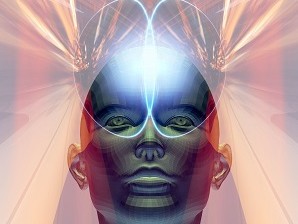
Conscious Phenomena For the past few posts, I have been exploring consciousness. Extra-sensory perception is a part, or an extension of consciousness. Are you sometimes psychic? Some people have truly remarkable extra-sensory capabilities while others do not. I read a short story by Ursula K. Le Guin, though I can’t for the life of me remember the […]
11 Feb Conscious Sensibility
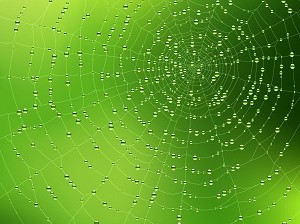
Watergate Revisited More than one President of the United States has been asked this question: “What happened, and how soon did you know about it?” Many cognitive psychologists perform experiments in which they ask subjects (people) the same question, seeking to mark the boundaries between conscious and unconscious phenomena. I recently spoke of mindfulness. Wakefulness may be a […]
08 Feb Seeing Within: Proprioception for Robots
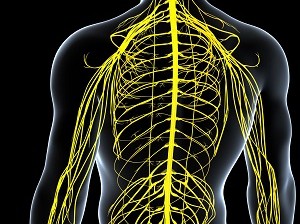
I saw a couple movies awhile back, “The Terminator” and “Terminator 2” in which artificial intelligence in computers became hazardous to the survival of humanity. One of the premises, as I recall, was that the critical event that lead to the disastrous attempt of man-made machines to destroy humanity, was when they became “self-aware”. This […]
31 Jan Feature Selectivity in Vision
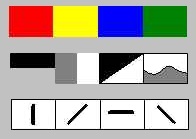
This post is another in the series on specialization, in which the author stresses the need for very heterogeneous models for imitating brain capabilities with computers. An important discovery of neurophysiological and cybernetic research is that many neurons, particularly those in areas of the brain that specialize in processing perceptual data, are feature selective. Vision processing is […]
30 Jan From Aristotle to the Enchanted Loom
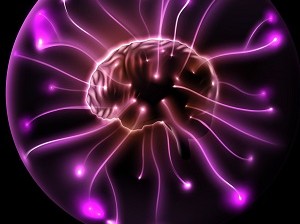
“Swiftly the brain becomes an enchanted loom, where millions of flashing shuttles weave a dissolving pattern-always a meaningful pattern-though never an abiding one” (Charles Sherrington). What of the centillion warps and woofs of ideation? Does it never abide? Passing seems to take away all that was ever weft, unless the Gods endow immortality on our thoughts and carry them […]
29 Jan Brain Signal Variations

I’ve focused, in the last few posts, on the structural and functional variety in neurons and synapses. Brain signal variations include local potentials and post-synaptic potentials. Local potential differs from action potential in that the latter is generally characterized by a brief electrical spike and return to resting potential. This characterization of action potential does not always apply: […]
27 Jan Go With the Flow
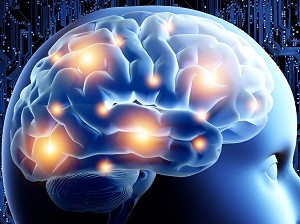
Modeling Neural Electrical Flow Patterns From looking at possible mechanisms for information storage, we move back to its movement. It may be important to understand the patterns of electrical flow in the brain to define good models for artificial systems that attempt to match human competence in cognitive processing tasks. This is what neural network and […]
25 Jan The Chromophore as Digital Bit
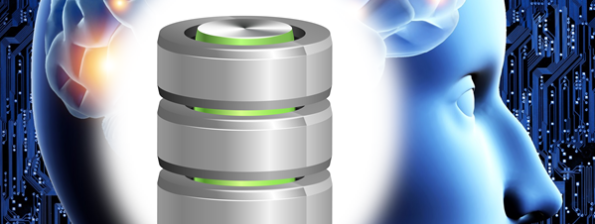
I have opined in prior posts that the skeletal components that give structure to axons and dendrites, especially microtubules, may play a larger role in cognition than previously thought. The illustration of microtubule structure at right shows how the alpha and beta tubulin dimers string themselves together to make protofilaments, which further join one another […]
18 Jan Multi-Layered Perceptron

Multi-Layered Perceptron In prior posts we introduced the concept of the artificial neural network and the perceptron model as a simple implementation of a neural network. We showed the structure, including an input layer and an output layer. Let’s look at one of the typical approaches for processing input to derive the output. The net output of […]
17 Jan Perceptrons and Weighted Schemes
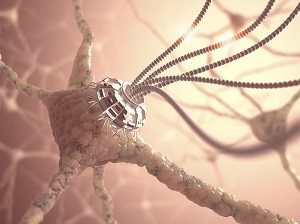
Perceptrons In the late 1600’s, John Locke expounded an associationist theory in which neurons or “bundles” of neurons came to represent certain ideas and associations between ideas. Rosenblatt‘s work seems a logical extension of associationist theory. Perceptrons can perform linear discrimination, thus enabling them to model the cognitive function of recognition (or, in computational terms, pattern classification). […]




